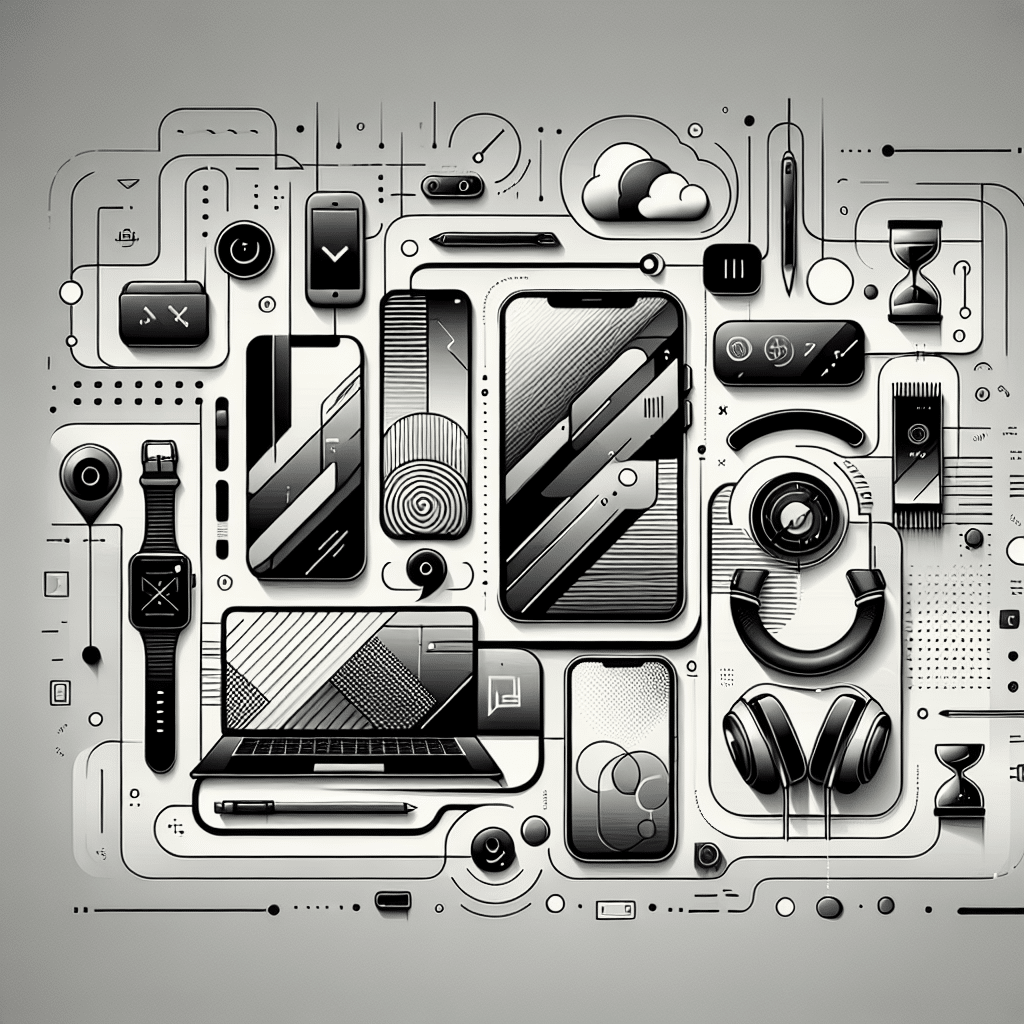The Principles of Digital Minimalism
Digital minimalism centers around the intentional use of technology to enhance our lives while eliminating distractions. By adhering to these principles, you can streamline your digital presence and improve overall productivity. Embrace the idea of focusing only on the technologies that add genuine value to your life, while discarding those that lead to unnecessary clutter and distraction.
Assess Your Digital Landscape
The first step toward digital minimalism involves conducting a thorough assessment of your current digital environment. Here are several strategies to help simplify your digital landscape:
-
Inventory Your Devices: List all your devices (smartphones, tablets, computers) and evaluate their necessity. Eliminate gadgets that you rarely use or that complicate your life.
-
Review Your Apps: Audit your applications and software. Remove ones that do not serve your goals or contribute positively to your day-to-day life.
-
Evaluate Subscriptions: Examine all your digital subscriptions (streaming services, news outlets, tools). If you’re not frequently using them, it’s time to cancel.
Set Clear Intentions
To maximize productivity, set clear intentions about what you want to achieve with your digital tools:
-
Define Goals: Set specific, measurable, attainable, relevant, and time-bound (SMART) goals for what you want your technology use to help you accomplish.
-
Prioritize Values: Align your technology use with your personal values and priorities. Ensure that the tech you use supports your life goals rather than detracting from them.
Schedule Tech-Free Time
Creating boundaries around your device usage can significantly boost productivity. Consider implementing the following strategies:
-
Establish Tech-Free Zones: Designate certain spaces, such as your bedroom or kitchen, as tech-free zones to foster more offline interaction and focus.
-
Daily Tech Curfews: Set a daily limit on when devices are used. Consider banning screens an hour before bed to promote better sleep quality.
-
Digital Sabbaths: Dedicate one day a week or a specific time each month to refrain from digital technology, allowing for offline activities that inspire creativity and rejuvenation.
Organize Digital Files and Emails
Maintaining a well-organized digital workspace can reduce stress and aid productivity:
-
Use a Consistent Naming System: Develop a systematic way to name and organize your files. Use clear, descriptive titles and a logical folder structure for easy retrieval.
-
Unsubscribe from Emails: Regularly unsubscribe from newsletters and promotional emails. This reduces inbox clutter and helps you focus on important communications.
-
Implement Email Rules: Create rules in your email client to automatically sort and prioritize incoming emails. This keeps your inbox tidy and manageable.
Streamline Communication
Effective communication can sometimes become cumbersome due to excess platforms and branching conversations. Here are ways to streamline:
-
Limit Messaging Platforms: Choose one or two messaging apps for professional and personal communications. Avoid spreading your conversations across multiple platforms to improve focus.
-
Consolidate Notifications: Minimize notifications by turning off unnecessary alerts for apps that distract you. Focus on core communication where necessary.
-
Batch Communication Tasks: Set specific times to respond to messages and emails rather than checking them constantly throughout the day. This limits disruption and improves focus.
Focus on Quality Over Quantity
Digital minimalism posits that the quality of your engagement is far more important than the quantity. Embrace these strategies to enhance your digital interactions:
-
Limit Social Media: Choose one or two social media platforms that resonate with your interests and contribute positively to your mental well-being. Delete the rest.
-
Be Selective with Content Consumption: Instead of passively consuming content, actively choose high-quality sources that enrich your knowledge and life rather than drain your time.
-
Engage Meaningfully: Make digital interactions intentional by participating in discussions that genuinely interest you rather than skimming through numerous posts.
Use Technology as a Tool
Adopt a mindset that sees technology as a useful tool rather than a necessity in everyday life:
-
Set Productivity Tools: Utilize productivity applications that help streamline your tasks and manage your time effectively—think apps like Todoist or Trello.
-
Automation: Explore automation tools like Zapier or IFTTT to reduce repetitive tasks. Automate your workflows to maintain minimized interaction with technology where possible.
-
Mindful Consumption: Always question the necessity of new apps or technology before downloading them. Ask yourself how it aligns with your goals and values.
Digital Well-Being Practices
Prioritizing well-being is essential in the digital age. Implement practices that ensure technology serves to enhance rather than detract from your life:
-
Gratitude Journaling: Keep a digital or physical gratitude journal, reflecting on daily positives to cultivate a positive mindset, away from the distractions of digital life.
-
Mindfulness Apps: Consider using minimalistic mindfulness apps that promote short meditation practices, enhancing focus and reducing the inclination towards mindless scrolling.
-
Exercise Regularly: Incorporate physical activity into your routine. Regular exercise not only benefits physical health but also leads to improved mental clarity and productivity.
Continuously Reevaluate
Digital minimalism is not a one-time endeavor. Regularly revisiting your digital habits and environment is essential for maintaining a streamlined life:
-
Monthly Check-Ins: Schedule monthly assessments of your digital practices. Identify what is working, what needs to be cut back, and adjust accordingly.
-
Stay Abreast of Trends: As technology evolves, be open to new practices that align with your minimalistic approach. Stay informed about emerging tools that can enhance your workflow.
-
Engage in Feedback: Seek feedback from friends or colleagues on how your digital practices are impacting your interactions and productivity. Adjust based on constructive input.
By integrating these digital minimalism principles into your daily routine, you can develop a streamlined life that promotes productivity and well-being. Simplifying your digital landscape and being intentional with your technology use allows for a more focused approach to modern living.
